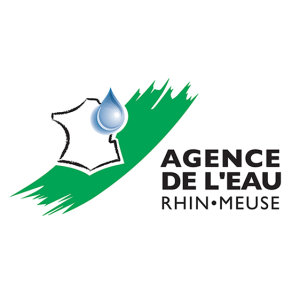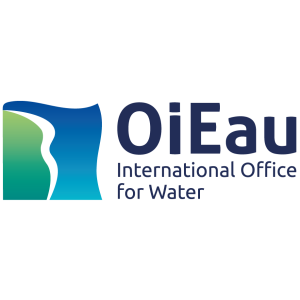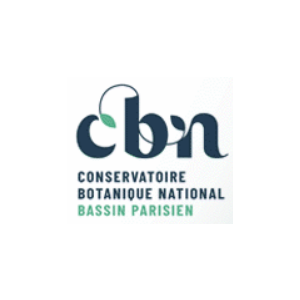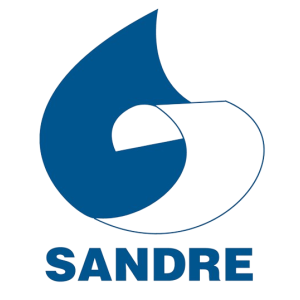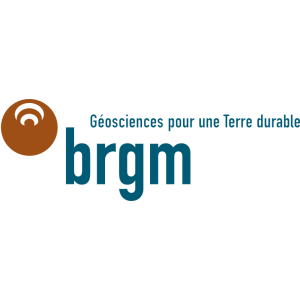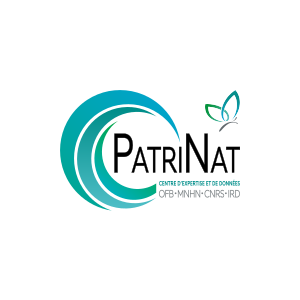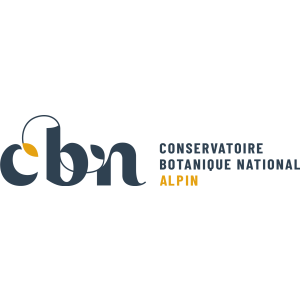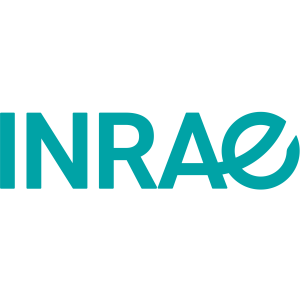
Document généré le 16/08/2025 depuis l'adresse: https://www.documentation.eauetbiodiversite.fr/fr/notice/developpement-de-modeles-numeriques-lagrangiens-pour-la-simulation-du-comportement-d-hydroliennes
Titre alternatif
Producteur
Contributeur(s)
Université Le Havre Normandie
Identifiant documentaire
9-86188
Identifiant OAI
oai:archimer.ifremer.fr:86188
Auteur(s):
Choma Bex, Camille
Mots clés
Simulation numérique
Hydrolienne
Turbulence ambiante
Synthetic Eddy Method
Interaction
Sillage
Performances
Méthodes intégrales
Méthode des singularités
Numerical simulation
Tidal turbine
Ambient turbulence
Synthetic Eddy Method
Interaction
Wake
Performance
Integral method
Singularity method
Date de publication
09/07/2021
Date de création
Date de modification
Date d'acceptation du document
Date de dépôt légal
Langue
fre
Thème
Type de ressource
Source
Droits de réutilisation
info:eu-repo/semantics/openAccess
Région
Département
Commune
Description
In the current context of diversification of renewable energies, tidal turbines are set to occupy an important niche, and numerical simulation is a crucial tool for their investigation. The in-house simulation code DOROTHY developed in collaboration between IFREMER and LOMC uses the Vortex Particle Method offering a good compromise between physical realism and and computational time. Some additional developments are required in order to make of this software a fully rounded numerical tool able to mimic advanced realistic configurations. Firstly, an important overhaul of its computation of loads has been undertaken, including a new framework to represent the previously simplified and now fully-rendered turbine blades. This endeavour includes the mathematical justification, investigation, and preliminary validation of additional integral methods accounting for the turbine body. Secondly, the importance of the impact of ambient turbulence on the wake interaction and power output within a turbine farm cannot be ignored. This element is introduced using a Synthetic Eddy Method uniquely adapted to the present Lagrangian framework. All aspects of this method as well as a promising alternative are closely examined, culminating in the demonstration of its capabilities for the simulation of the flow and prediction of detrimental interaction effects throughout a projected four turbine pilot farm configuration.
Accès aux documents
0
Consultations
0
Téléchargements


